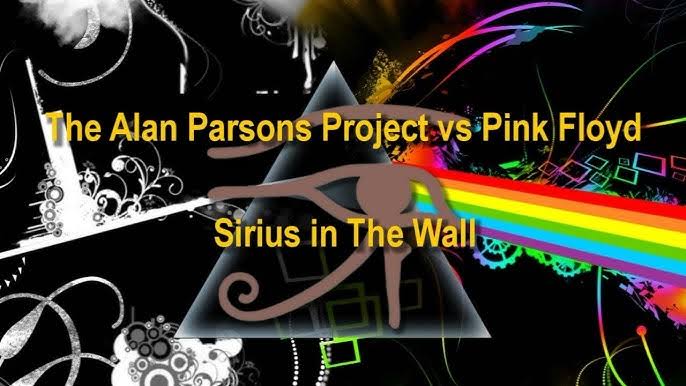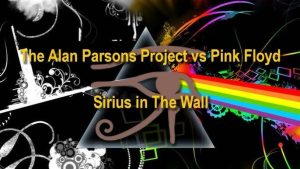

Alan Parsons, a studio engineer and producer, reflected on his collaboration with Pink Floyd on the album “The Dark Side of the Moon” and revealed how they were able to develop the renowned intro to “Money” and record an entire song based on that first rhythm. Remember that in the early 1970s, studios were far more basic than most of us can fathom. So much so that one had to devise some quite inventive alternatives. Could you think of a practical equivalent for a grid in today’s ordinary DAW?
When he worked as an engineer for “The Dark Side of the Moon,” Alan Parsons devised some really outstanding methods for timestamping projects. According to what he said in a recent interview with Rick Beato, things got difficult when they did the intro to “Money.” The subject arose when Rick mentioned the usage of a click track. When asked if they had utilized it, Alan responded (transcribed by Ultimate Guitar): “Occasionally. I’m trying to remember which songs specifically. I believe ‘On the Run,’ virtually likely. Actually, the synthesizer had its own click track. “But it would have been a mechanical metronome.”
“It was partly to identify where you were in a song,” Parsons explained. “Because you did it for a count. You would record both the click and the count. So, click, click, click, 23, 24, click, click, 25… It’s only a bar count. It served its purpose better than anything else.” When asked about the sound effects, particularly on “Money,” and whether they were created individually and subsequently edited, Parsons responded: “They did play the track to that loop. The loop was challenging to complete.” “We made the basic noises: dumping a bag of money on a wooden floor and tearing a piece of paper. But I recall putting them together; we wanted it to go around the room in quadraphonic.”
“The challenge was that each sound varied in length. If we had just linked them together, the result would have been entirely non-rhythmic. So the only way to get the beat correct was to measure the tape with a ruler. “So each sound was 6 and 7/8 inches. And you measure that, execute the splice, move on to the next sound, and repeat the splice.” “That loop would be transferred from four-track studio machine onto the master 24-track, and that’s what they played to.” Alan went on to describe how they made it work with the song. He supplied the following: “They only played to it for the intro and into the point where the vocal comes in because then it was faded out.”
Essentially, everything you hear in the song, and how it fades out, is “what they were getting as well,” Parsons explained. Obviously, Rick mentioned how difficult it must have been to pull off in the studio. “Even more difficult when it was live,” Parsons explained. Going into greater detail, Beato inquired about how they used these effects during the sessions and whether it was another multi-track device. Parsons confirmed that it was a Teac four-track. When asked who was running that, he responded: “One of the one of the other techs on the road, and he knew the cues, and he pressed the button at the right moment.”
More information about how the procedure unfolded would be required to fully comprehend it. So Beato inquired whether there was a countdown and how the band members would know where they were in the song. Alan responded, “I can’t remember if we actually sent them…” Because they did not wear in-ears. In general, they did not have wedges.” “They were a band that played through a PA. I believe they would have simply established their own tempo. We must have gotten the loop to them somehow. “I just can’t recall.”I mean, it sounded ludicrous with the gap between the front PA and the speakers at the back and sides.
“We had an intriguing quadraphonic arrangement. It wasn’t left front, but right front. It was front, back, left, and right. “So it was turned 45 degrees.”

Leave a Reply